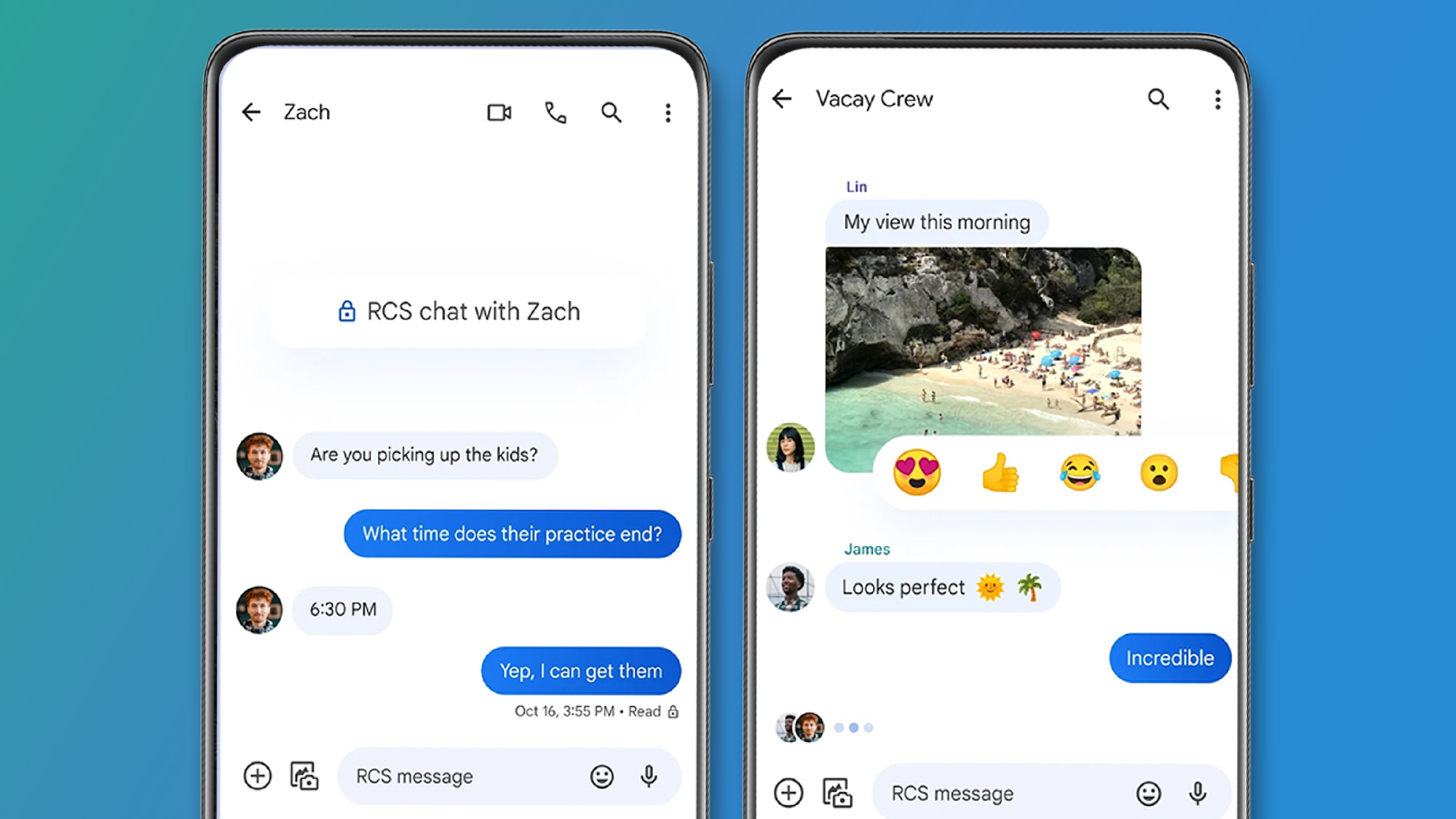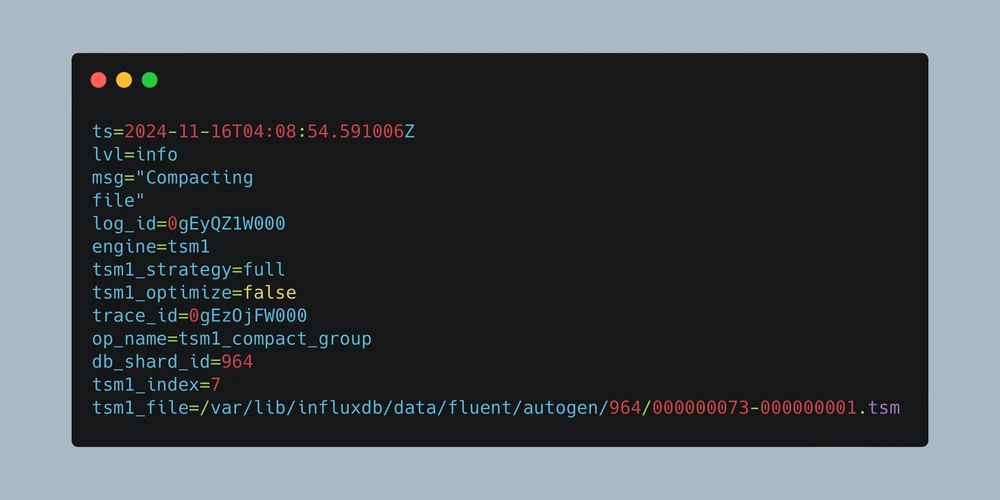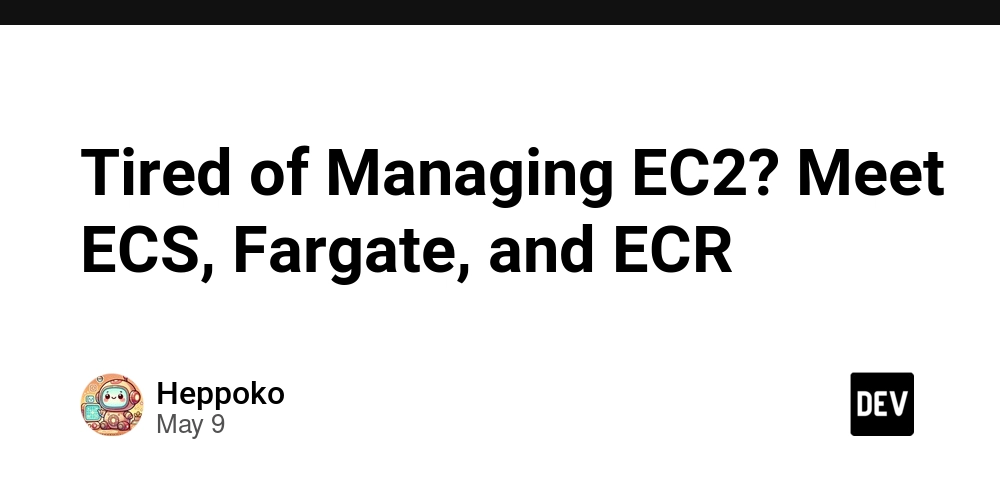What is Jackson? The Open Source Business Model, Funding, and Community – A Deep Dive
Abstract: This post provides an in‐depth exploration of Jackson – the popular high-performance JSON processing library for Java – and its innovative open source business model. We cover its evolution, funding mechanisms, licensing under Apache 2.0, and community contributions. Readers will discover the background, key features, practical applications, challenges, and an outlook on future innovations. The discussion also draws parallels with similar projects and emphasizes sustainable funding strategies, illustrated through tables and bullet lists for clarity. Introduction Jackson has emerged as one of the most versatile JSON processing libraries in Java. Developed and maintained by the FasterXML team, it not only excels in performance but also leads the way in integrating community-driven development with sustainable funding strategies. In this post, we will explore the evolution of Jackson, its licensing framework, funding model, and community engagement. Our goal is to provide technical readers and software developers with a holistic understanding of how open source projects like Jackson achieve long-term success while staying true to innovation and community principles. Jackson’s journey in the rapidly evolving software ecosystem is illustrative of how open source funding and collaboration can create groundbreaking technologies. By delving into its business model, you will learn about industry best practices that can guide other projects striving for financial sustainability and technical excellence. Background and Context History and Ecosystem Jackson started as a simple utility in the early days of Java and JSON, eventually evolving into a robust library used in many enterprise and independent applications. Its evolution is a testament to the strength of community engagement and agile development. The project is hosted on GitHub, where contributions from developers worldwide enhance its features and ensure timely bug fixes. Open Source Movement and Licensing Central to Jackson’s success is the adoption of the Apache 2.0 license, a permissive license that nurtures both commercial and community contributions. This license has several advantages: Ease of Use: Companies and developers can integrate Jackson into proprietary systems without legal bottlenecks. Attribution: Credits and modifications are well-documented, fostering trust and transparency. For more details on this licensing model, please refer to the official Apache License 2.0 documentation. Funding in the Open Source Landscape The open source movement has seen a variety of funding avenues emerge over the years, from corporate sponsorships to donations and blockchain-based contributions. Jackson’s funding model is hybrid in nature and involves: Corporate Sponsorships: Large enterprises recognize the strategic value of a robust JSON parser. Community Donations: Independent developers and users contribute to ensure continuous improvements. Managed Service Providers: Platforms like Tidelift help maintain financial backing without compromising on the open nature of the project. For an in‐depth comparison of sustainable funding methods, see sustainable funding for open source. Core Concepts and Features Jackson’s architecture is designed with high modularity, speed, and flexibility. Below are key core concepts and features that keep it at the forefront of modern software development: High Performance and Flexibility Speed: Jackson is optimized for speed, making it ideal for applications that require high throughput. Data Binding: It supports advanced features such as stream parsing, custom serializers and deserializers, and data binding to complex Java structures. Community-Driven Development Jackson owes much of its evolution to a committed community of developers who constantly contribute patches, new features, and improvements. This community-driven model ensures that the library stays relevant and adapts to modern software development trends. Sustainable Funding Model Jackson’s hybrid funding approach is built on: Corporate Sponsorships: Companies leverage Jackson’s reliability by providing direct financial support. Community Contributions: Donations and sponsorship support from passionate developers. Managed Service Funding: Recurring support from managed services platforms helps in maintaining infrastructure like continuous integration, testing, and documentation. Below is a bullet list summarizing Jackson’s key funding channels: Enterprise Sponsorships Individual Donations Managed Service Platforms (e.g., Tidelift) Event and Conference Partnerships Open Licensing Using Apache 2.0 The permissive Apache 2.0 license is critical as it reduces legal overhead and encourages wide adoption. This license has been pivotal for: Reducing Integration Risks: Companies can deploy Jackson in high-st
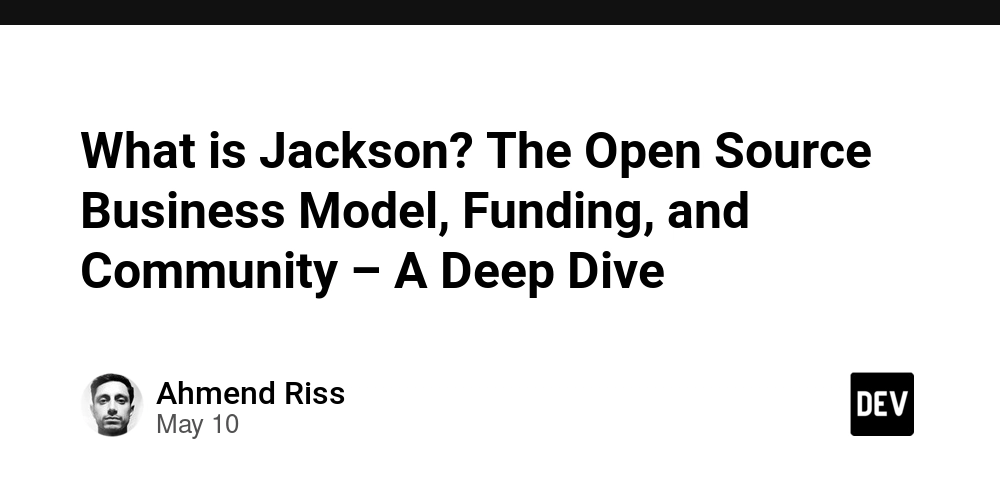
Abstract:
This post provides an in‐depth exploration of Jackson – the popular high-performance JSON processing library for Java – and its innovative open source business model. We cover its evolution, funding mechanisms, licensing under Apache 2.0, and community contributions. Readers will discover the background, key features, practical applications, challenges, and an outlook on future innovations. The discussion also draws parallels with similar projects and emphasizes sustainable funding strategies, illustrated through tables and bullet lists for clarity.
Introduction
Jackson has emerged as one of the most versatile JSON processing libraries in Java. Developed and maintained by the FasterXML team, it not only excels in performance but also leads the way in integrating community-driven development with sustainable funding strategies. In this post, we will explore the evolution of Jackson, its licensing framework, funding model, and community engagement. Our goal is to provide technical readers and software developers with a holistic understanding of how open source projects like Jackson achieve long-term success while staying true to innovation and community principles.
Jackson’s journey in the rapidly evolving software ecosystem is illustrative of how open source funding and collaboration can create groundbreaking technologies. By delving into its business model, you will learn about industry best practices that can guide other projects striving for financial sustainability and technical excellence.
Background and Context
History and Ecosystem
Jackson started as a simple utility in the early days of Java and JSON, eventually evolving into a robust library used in many enterprise and independent applications. Its evolution is a testament to the strength of community engagement and agile development. The project is hosted on GitHub, where contributions from developers worldwide enhance its features and ensure timely bug fixes.
Open Source Movement and Licensing
Central to Jackson’s success is the adoption of the Apache 2.0 license, a permissive license that nurtures both commercial and community contributions. This license has several advantages:
- Ease of Use: Companies and developers can integrate Jackson into proprietary systems without legal bottlenecks.
- Attribution: Credits and modifications are well-documented, fostering trust and transparency.
For more details on this licensing model, please refer to the official Apache License 2.0 documentation.
Funding in the Open Source Landscape
The open source movement has seen a variety of funding avenues emerge over the years, from corporate sponsorships to donations and blockchain-based contributions. Jackson’s funding model is hybrid in nature and involves:
- Corporate Sponsorships: Large enterprises recognize the strategic value of a robust JSON parser.
- Community Donations: Independent developers and users contribute to ensure continuous improvements.
- Managed Service Providers: Platforms like Tidelift help maintain financial backing without compromising on the open nature of the project.
For an in‐depth comparison of sustainable funding methods, see sustainable funding for open source.
Core Concepts and Features
Jackson’s architecture is designed with high modularity, speed, and flexibility. Below are key core concepts and features that keep it at the forefront of modern software development:
High Performance and Flexibility
- Speed: Jackson is optimized for speed, making it ideal for applications that require high throughput.
- Data Binding: It supports advanced features such as stream parsing, custom serializers and deserializers, and data binding to complex Java structures.
Community-Driven Development
Jackson owes much of its evolution to a committed community of developers who constantly contribute patches, new features, and improvements. This community-driven model ensures that the library stays relevant and adapts to modern software development trends.
Sustainable Funding Model
Jackson’s hybrid funding approach is built on:
- Corporate Sponsorships: Companies leverage Jackson’s reliability by providing direct financial support.
- Community Contributions: Donations and sponsorship support from passionate developers.
- Managed Service Funding: Recurring support from managed services platforms helps in maintaining infrastructure like continuous integration, testing, and documentation.
Below is a bullet list summarizing Jackson’s key funding channels:
- Enterprise Sponsorships
- Individual Donations
- Managed Service Platforms (e.g., Tidelift)
- Event and Conference Partnerships
Open Licensing Using Apache 2.0
The permissive Apache 2.0 license is critical as it reduces legal overhead and encourages wide adoption. This license has been pivotal for:
- Reducing Integration Risks: Companies can deploy Jackson in high-stakes environments with confidence.
- Encouraging Innovation: Free modification and redistribution allow open community-derived innovation.
Applications and Use Cases
Jackson’s impressive capabilities have led to its adoption in several practical scenarios. Here are a few real-world use cases that showcase its utility:
Use Case 1: Enterprise Application Integration
In large corporates, maintaining data consistency during integration between microservices is crucial. Jackson’s high performance can handle huge volumes of JSON data in real time, ensuring that large-scale, distributed applications (e.g., banking systems, e-commerce platforms) perform reliably.
Use Case 2: Mobile and Web Application Development
Modern apps require rapid data interchange between the backend and the client-side. By employing Jackson, developers can serialize and deserialize JSON data efficiently, reducing wait times and increasing overall responsiveness for mobile apps and Single Page Applications (SPAs).
Use Case 3: Data Analytics and Logging
In scenarios where real-time data processing is required—such as logging, monitoring, or analytics—Jackson can process JSON logs quickly due to its minimal memory footprint and high-speed data binding, making it ideal for big data pipelines.
Challenges and Limitations
Despite its numerous strengths, Jackson is not without challenges. Understanding these limitations is critical for developers and project sponsors:
Technical Challenges
- Complexity in Customization: While Jackson excels in performance, configuring custom serializers and deserializers can be complex for newcomers.
- Backward Compatibility Issues: As with many evolving projects, ensuring backward compatibility with every update can sometimes be challenging.
Funding and Sustainability Concerns
Even robust open source projects face pressures to secure funding continuously. Jackson’s reliance on a hybrid funding model means that a significant drop in corporate sponsorship or community support could impact its development cycle.
Community Coordination and Governance
Maintaining an active community involves challenges such as coordinating updates, resolving conflicts, and ensuring that contributions align with the project’s long-term vision.
Below is a table outlining the comparative analysis of Jackson’s strengths and challenges:
| Aspect | Strengths | Challenges |
|---|---|---|
| Performance | High-speed JSON processing | Complexity in advanced configurations |
| Licensing | Permissive Apache 2.0 license; flexible usage | Occasional challenges in maintaining backward compatibility |
| Funding Model | Multiple revenue streams (sponsorships, donations, managed services) | Reliant on continuous corporate and community support |
| Community Engagement | Global developer contributions and active GitHub repository | Coordination and governance can be challenging |
Future Outlook and Innovations
Looking ahead, the future of Jackson and similar projects in the open source ecosystem is bright, driven by evolving technologies and innovative funding strategies.
Innovations in Funding Models
The integration of blockchain-based funding solutions is a promising direction. Although Jackson has not adopted tokenized sponsorship models directly, alternative projects have inspired new methods such as:
- Token-Based Sponsorships: Allowing code contributions to be rewarded with digital tokens.
- Decentralized Finance (DeFi) Models: Enabling recurring donations with blockchain transparency.
For additional insights on such models, visit open source funding for open source.
Community and Governance Enhancements
As the community grows, new governance frameworks may emerge to better manage contributions and direct the project’s roadmap. Innovations such as decentralized autonomous organizations (DAOs) have the potential to enhance transparency and democratize decision-making processes.
Integration with Emerging Technologies
- Cloud-Native Architectures: As more organizations shift to microservices and cloud-based deployments, Jackson’s ability to efficiently handle data structures will be critical.
- Internet of Things (IoT): With the proliferation of IoT devices, ensuring fast and secure JSON processing in constrained environments will create further opportunities for Jackson.
Additionally, concepts like machine learning for automated code reviews and quality checks may be integrated into Jackson’s CI/CD pipeline, further smoothing out development processes.
Cross-Project Collaborations
As open source community projects increasingly rely on collaborative funding models, we see potential for cross-project collaborations. For instance, projects like Jackson may partner with blockchain or AI-related initiatives to develop new funding mechanisms and technical integrations.
Below is a bullet list of future trends predicted for Jackson and similar projects:
- Emerging Blockchain Funding Models
- Enhanced Community Governance Structures
- Deeper Integration with Cloud-Native and IoT Technologies
- Automated Quality Assurance with AI
- Cross-Project Funding Collaborations
Summary
In summary, Jackson exemplifies the impressive fusion of technical wizardry and sustainable business models in the open source world. The project’s ability to harness a hybrid funding model—as a combination of corporate sponsorships, community donations, and managed service financial support—ensures its long-term viability and relevance. With its robust features, high performance, and permissive Apache 2.0 license, Jackson not only leads the way in JSON processing for Java but also serves as an inspiring case study for modern open source development.
Key takeaways from this post include:
- Understanding Jackson’s Evolution: From humble beginnings to a highly capable tool used across diverse applications.
- The Role of Licensing: How the Apache 2.0 license promotes both innovation and enterprise adoption.
- Funding Strategies: The importance of multiple, sustainable revenue channels to ensure continuous development.
- Community Engagement: Active developer communities are the lifeblood of open source projects like Jackson.
- Future Innovations: From blockchain-based funding to advanced governance and the integration with emerging technologies, the future is promising.
For further reading and additional technical insights on Jackson, please view the Original Article on Jackson by FasterXML. Also, explore discussions on sustainable open source funding on platforms like Tidelift’s Open Source Funding Model.
Additional Resources and Related Reading
For readers interested in further exploration of open source sustainability and innovative funding models, check out these Dev.to posts:
- Arbitrum: Pioneering Open Source in Blockchain
- License Token: Paving the Future of OSS Sustainability Through Blockchain and Digital Assets
- Open Source Developer Fundraising – A Vital Component for Sustainability
Additionally, exploring core funding principles such as Sustainable Funding Open Source and comparing the differences with other licensing models like Apache 2.0 can further enrich your understanding.
Final Thoughts
Jackson’s story is one of innovation, community, and resilience. Its success underscores that sustainable open source projects require a fine balance between technical advancements, robust community support, and adaptable funding mechanisms. As new challenges arise in the evolving landscape of software development and digital finance, Jackson’s model of integrating multiple funding channels while staying true to the open source ethos serves as a beacon for similar projects.
By maintaining transparency and building a collaborative community, Jackson continues to set the standard for what open source software can achieve. As developers, project managers, and enterprise sponsors look toward the future, Jackson remains a prime example of how strategic funding, permissive licensing, and active community engagement can drive long-term innovation.
Whether you are a developer looking to contribute, a company seeking reliable libraries, or a stakeholder interested in innovative funding solutions, Jackson’s journey offers valuable insights. Embrace these lessons as you navigate your own open source projects and consider the profound impact that well-balanced business models can have on the digital future.
This comprehensive exploration of Jackson emphasizes its technical prowess, sustainable funding strategies, and community-driven development. As the software industry continues to evolve, projects like Jackson will undoubtedly influence new leadership models, inspiring an era of open collaboration and technological breakthroughs.





































































































































































![[The AI Show Episode 145]: OpenAI Releases o3 and o4-mini, AI Is Causing “Quiet Layoffs,” Executive Order on Youth AI Education & GPT-4o’s Controversial Update](https://www.marketingaiinstitute.com/hubfs/ep%20145%20cover.png)











































































































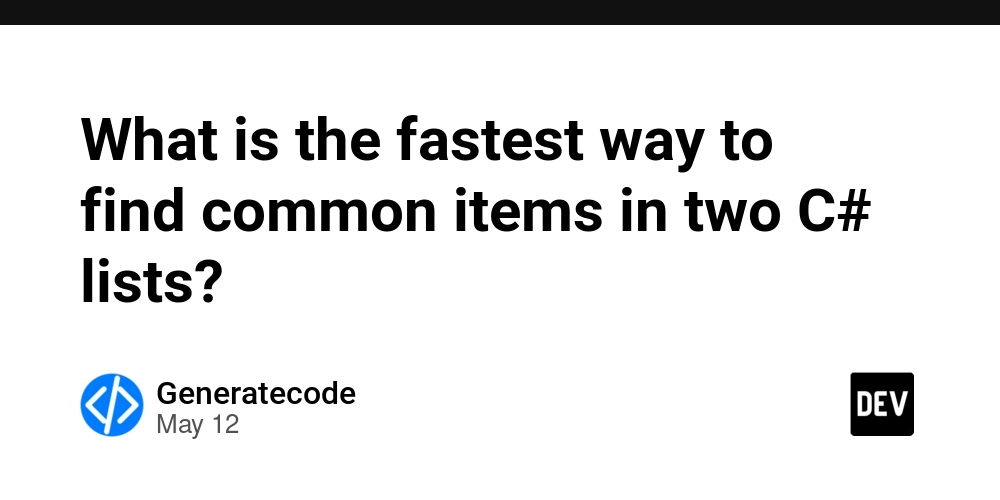



















![Ditching a Microsoft Job to Enter Startup Purgatory with Lonewolf Engineer Sam Crombie [Podcast #171]](https://cdn.hashnode.com/res/hashnode/image/upload/v1746753508177/0cd57f66-fdb0-4972-b285-1443a7db39fc.png?#)



















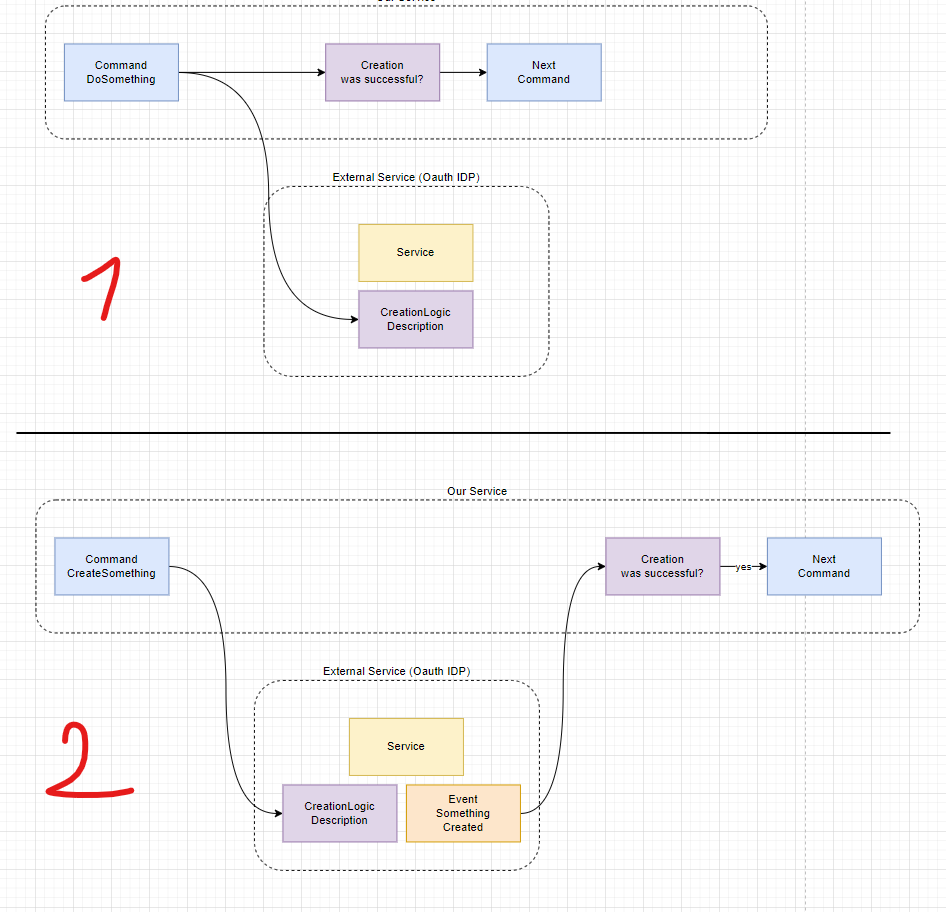

















































































































_Piotr_Adamowicz_Alamy.jpg?width=1280&auto=webp&quality=80&disable=upscale#)




























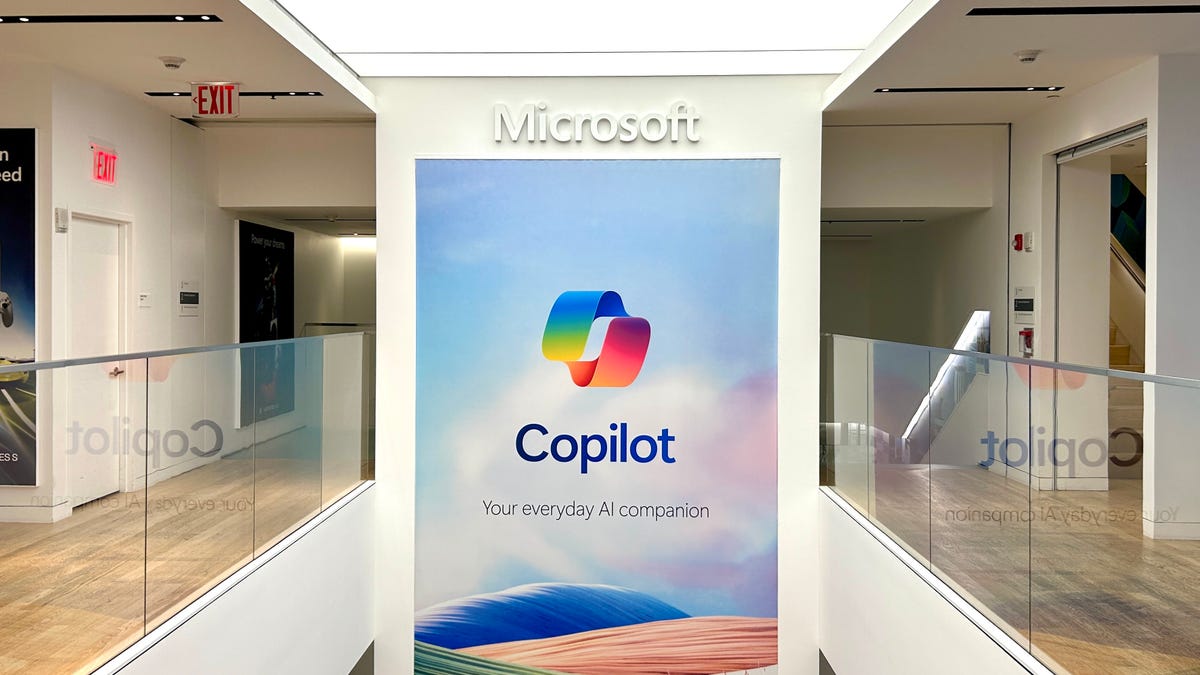
















































-xl-xl-xl.jpg)












![Walmart’s $30 Google TV streamer is now in stores and it supports USB-C hubs [Video]](https://i0.wp.com/9to5google.com/wp-content/uploads/sites/4/2025/05/onn-4k-plus-store-reddit.jpg?resize=1200%2C628&quality=82&strip=all&ssl=1)










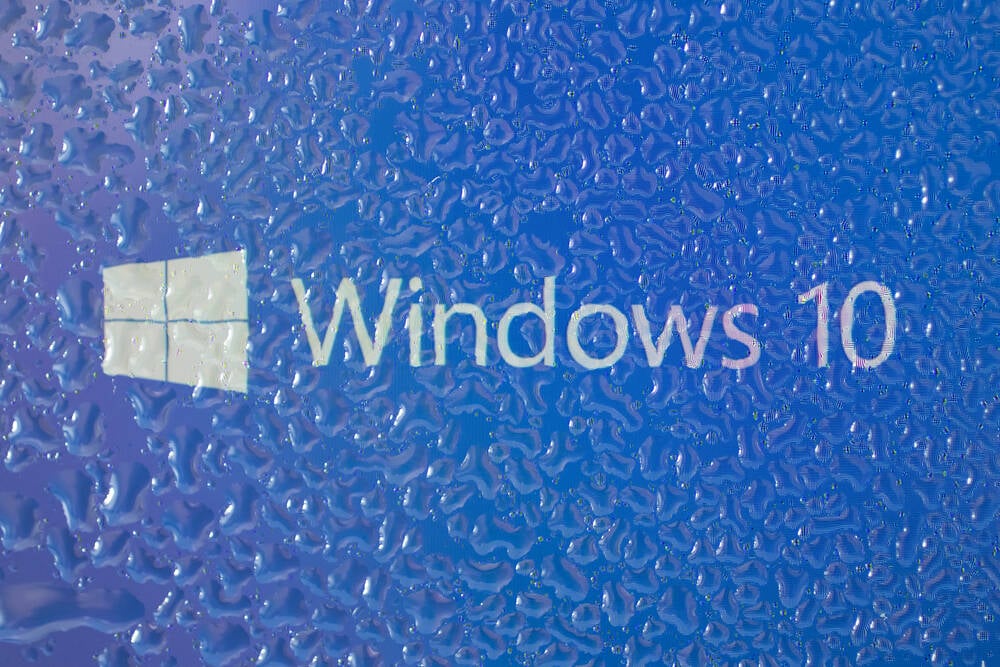


![Apple to Launch AI-Powered Battery Saver Mode in iOS 19 [Report]](https://www.iclarified.com/images/news/97309/97309/97309-1280.jpg)

![Apple Officially Releases macOS Sequoia 15.5 [Download]](https://www.iclarified.com/images/news/97308/97308/97308-640.jpg)


















